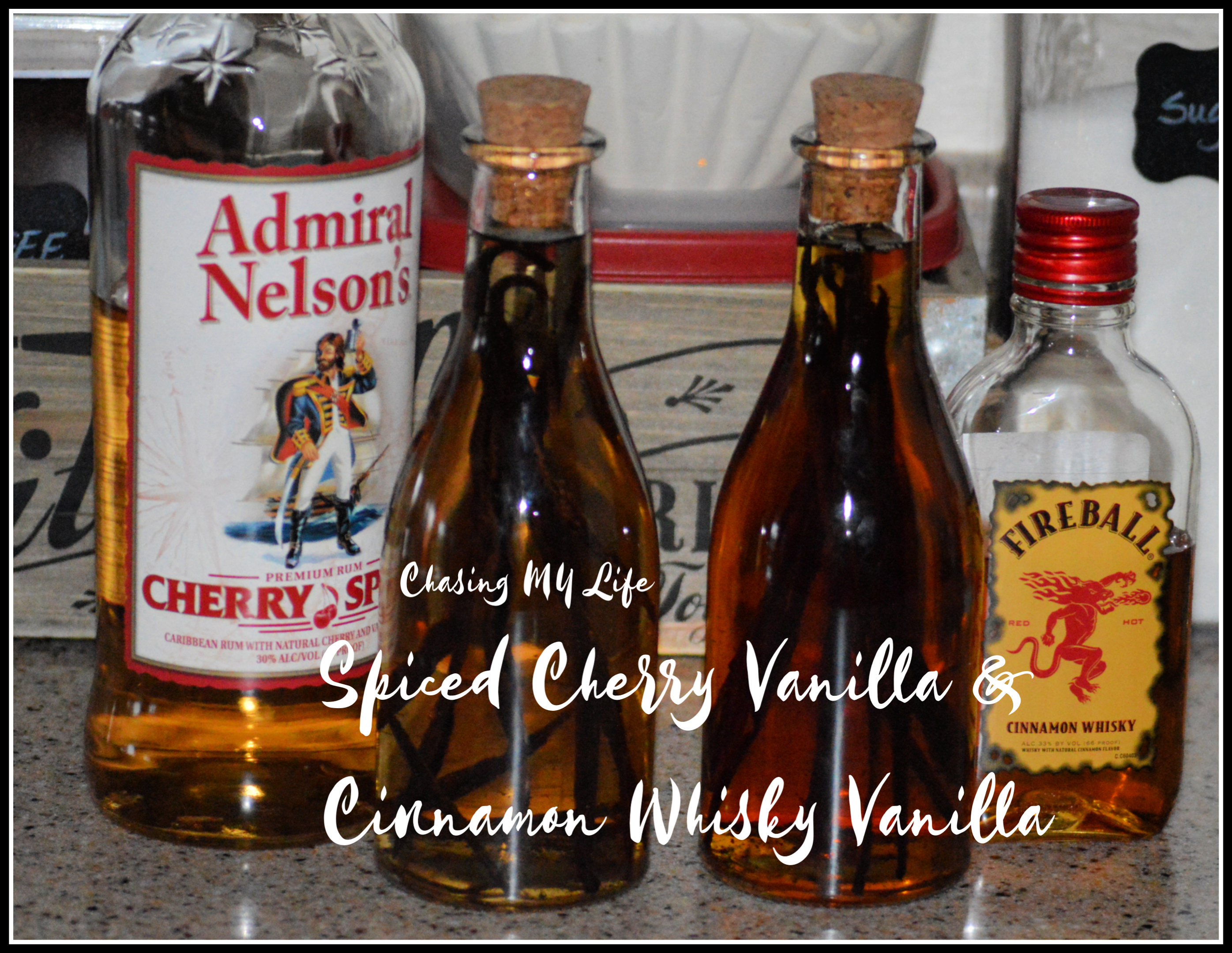So, my brother asked me for a recipe this morning that made me think it's time to revisit dome of these easy ways to flavor your meals.
It's BBQ time, so it's rub time.
What
is the best rub? It's the rub you like best. Rubs are all about
personal choice and the flavors you love the most. More often than not
the rub you like best is the one you make yourself. So where do you
start? Remember that a rub is not only a mixture of spices and herbs,
it is a mixture of flavors. A good rub will have a balanced flavor that
adds to meats, but doesn't over power them. Generally a dry rub start
out with a just a few basic ingredients.
How much to make?
First of all you want to decide how much to make. I like to make just a
few portions at a time so they don't lose their flavor while they are
stored. I save old spice bottles to hold my rub and put a label on the
side with the recipe. I also record the date I made it. This way I know
exactly what I am using and how long it's been sitting around.
The Basics:
You want to start your rub with the basic flavors: salt, sweet, sour,
and bitter. To start with salt and sweet, literally start with sugar and
salt. If you choose plain salt and plain sugar you will get a very
basic base with which to start. The choice is yours though. Many people
like to use brown sugar or if you are making a wet rub then you can use
honey, maple syrup or molasses. These add a different flavor to your
rub that can really enhance the taste. As for salt, I like sea salt or
kosher salt. You can also use flavored salts like garlic, onion, celery
or seasoning salts. By simply combining something like brown sugar and
garlic salt will give you a pretty decent rub. Start out with equal
portions of each and you are ready to build your rub.
Flavor Builders:
The brown sugar and garlic salt make a great basic rub. From here you
build on the flavor and the color that will make the rub something that
adds to the meat you use it on. As an example for proportions you are
using one cup each of sugar and salt. Now add 1/2 cup of paprika.
Paprika is great for color but also for its mild flavor.
Mild or Hot? From
here you can start building on the flavor of the rub you want to make.
If you want a rub with some heat you need to think about adding pepper.
Depending on of the pepper you add you can go with anything from a
teaspoon or two. to a 1/2 cup 1 teaspoon adds a touch of heat whereas 1
tablespoon lights your fire. You can also choose a variety of chili
powders, crushed red pepper flakes or any other dried and ground pepper.
Seasoning?
To finish off your rub try adding some herbs. I find it better to be
conservative with the herbs. Also start with small batches until you
find a flavor you're truly in love with.
Try your rubs out on different meats to see what you like and what you don't.
So
I thought I would share a few of my favorite rubs with you. I apply
rubs evenly and firmly. I also use a mortar and pestle to grind them
even finer.
Most
recipes say to refrigerate for 30-90 minutes, but I like to refrigerate
at least overnight before cooking, usually 24-48 hours. I've found
this makes a melt in your mouth steak or a flavor all the way through
piece piece of meat or chicken.
1/2 cup light brown sugar
1/4 cup Hungarian paprika
1 tablespoon black pepper
1 tablespoon sea salt
1 tablespoon chili powder
1 tablespoon garlic powder
1 tablespoon onion powder
1 teaspoon cayenne pepper
BRISKET/ROAST RUB
1/2 cup paprika
1/3 cup brown sugar
1 teaspoon sea salt
3 tablespoons garlic powder
3 tablespoons onion powder
2 tablespoons oregano
- Combine all ingredients and mix well.
STEAK RUB
1/2 cup paprika
3 tablespoons cayenne pepper
5 tablespoons freshly ground black pepper
6 tablespoons garlic powder
3 tablespoons onion powder
6 tablespoons sea salt
2 1/2 tablespoons dried oregano
2 1/2 tablespoons dried thyme
- Combine all ingredients and mix well.
CHICKEN RUB
1 teaspoon ground black pepper
1 tablespoon ground white pepper
1 tablespoon fine sugar
1 tablespoon brown sugar
2 teaspoon cayenne pepper
1 tablespoon ground cumin
1 tablespoon garlic powder
1 tablespoon ground oregano
4 tablespoon sweet paprika
1 tablespoon celery salt
1 tablespoon sea salt
COWBOY STEAK RUB
6 tablespoons sea salt
2 tablespoons Worcestershire black pepper
4 tablespoons ground coffee
1/4 cup light brown sugar
6 tablespoons garlic powder
3 tablespoons onion powder
- Combine all ingredients and mix well.
GARLIC LOVER RUB
6 cloves minced garlic
1 tablespoon garlic powder
2 tablespoons sea salt
2 tablespoons basil
- Combine all ingredients and mix well.

















